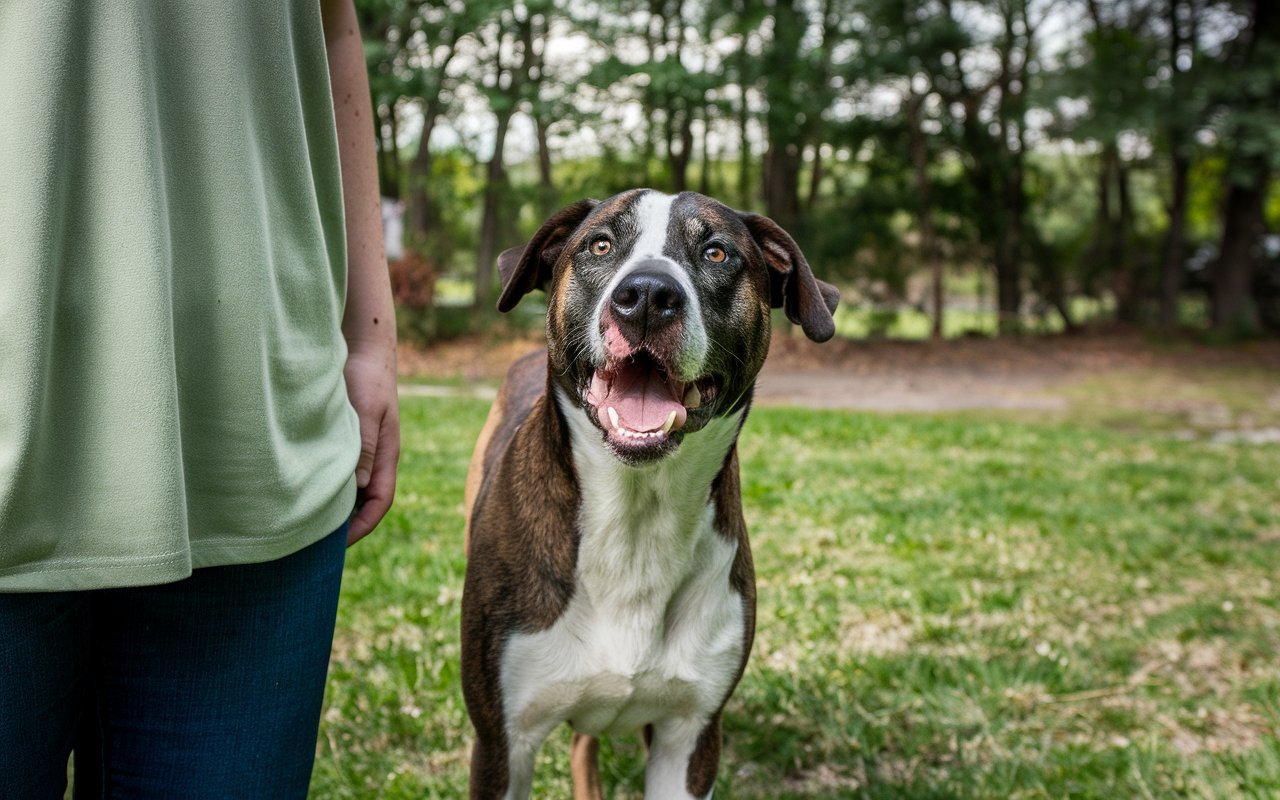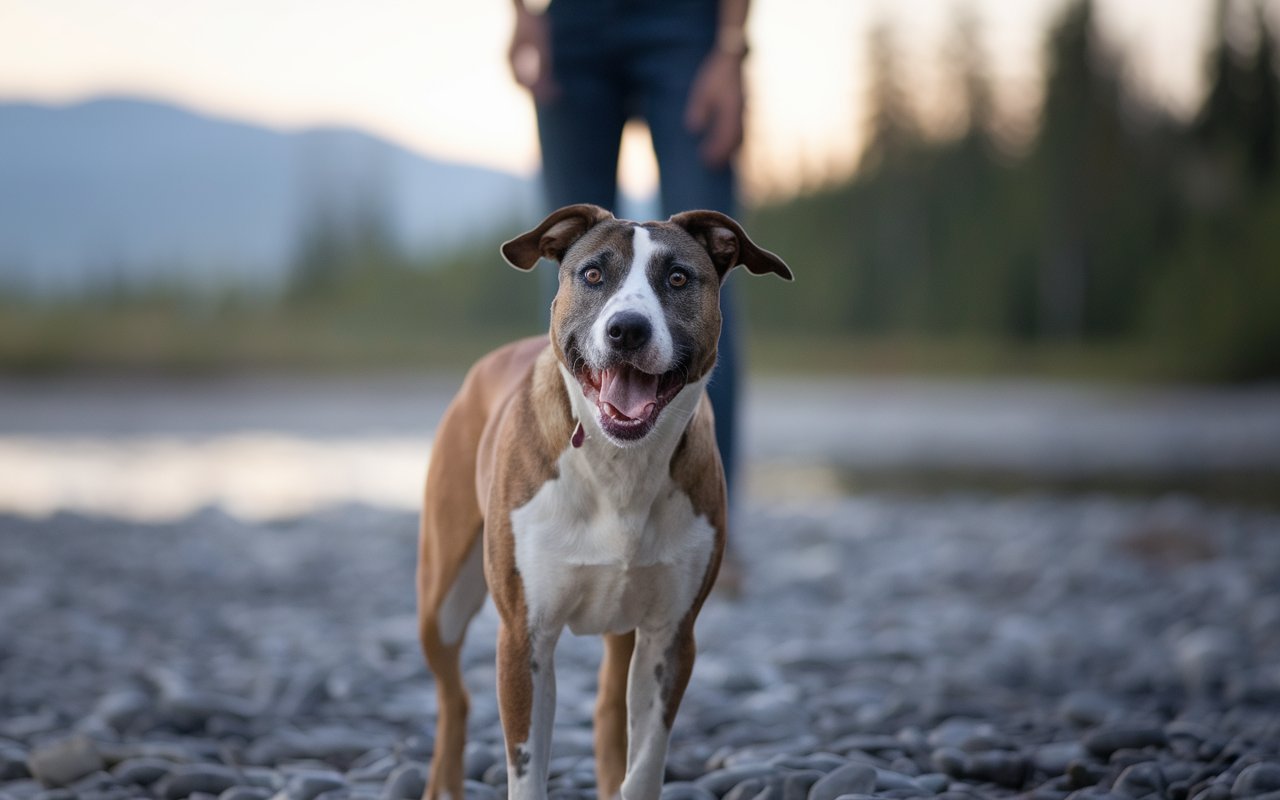Addressing Aggression in Dogs: Expert Tips for Safer Interactions
Dog aggression is a common behavioral challenge that many pet owners face, but it can be effectively managed with proper understanding and training techniques. Whether your dog shows aggression toward strangers, other dogs, or family members, implementing the right strategies can help create a safer and more harmonious environment for everyone involved.
Understanding Dog Aggression
Aggressive behavior in dogs typically stems from underlying causes that need to be identified for effective treatment. Fear and insecurity often trigger defensive responses in dogs, leading to aggressive displays when they feel threatened.
Dogs may also exhibit aggression due to territorial instincts, particularly when they perceive their space or resources being invaded. Resource guarding and lack of proper socialization during developmental stages can significantly contribute to aggressive tendencies. Dogs that have not been exposed to various situations and other animals during their formative weeks may develop fear-based responses later in life.
Understanding your dog's body language is crucial for preventing aggressive incidents. Watch for early warning signs such as raised fur, hard stares, or tense body posture. These subtle signals often precede more serious aggressive displays.
Positive Training Approaches
Positive reinforcement techniques are the foundation of managing dog aggression. Never punish aggressive behavior, as this can escalate the situation and lead to more serious problems. Instead, focus on rewarding calm and appropriate behavior with treats and praise.
Implementing desensitization and counterconditioning techniques helps modify your dog's emotional response to triggers. Start by exposing your dog to triggers at a safe distance where they remain calm, then gradually decrease the distance while maintaining positive associations.
Consistency in training is essential for success. All family members should follow the same commands and expectations when interacting with the dog. This unified approach helps your pet understand and retain the desired behaviors more effectively.

What are the most effective strategies for managing dog aggression?
Professional Intervention and Assessment
The first step in addressing aggression is to consult a certified dog behaviorist or trainer. These professionals can create customized training plans and identify triggers you might miss. They can also teach you safe management techniques and provide ongoing support throughout the training process.
Positive Reinforcement Training
Never punish aggressive behavior, as this typically escalates the problem and can lead to more serious incidents. Instead, use reward-based training to reinforce good behavior with treats, praise, or toys. Consistency in rewards and commands is crucial for successful behavior modification.
Environmental Management
Creating a controlled environment helps prevent aggressive incidents through several key approaches:
-
Choose quieter walking routes and exercise during off-peak hours
-
Use appropriate safety equipment like secure harnesses and muzzles when necessary
-
Create a designated safe space where your dog can retreat
Understanding Body Language
Learn to recognize early warning signs of aggression, including:
-
Raised fur
-
Hard stares
-
Tense body posture
-
Growling or snarling
Building Trust and Positive Associations
Implement counterconditioning by gradually exposing your dog to triggers at a safe distance while providing rewards. This helps create positive associations and reduces fear-based responses. When interacting with your dog, use slow, calm movements and non-threatening body language.
What Role Does Exercise Play in Reducing Dog Aggression?
Regular physical activity is crucial in managing aggressive behavior. It helps release pent-up energy and reduces stress. A tired dog is generally less likely to exhibit aggressive tendencies. Aim for at least 30-60 minutes of exercise daily, combining physical activities and mental stimulation.
Interactive play sessions, structured walks, and puzzle toys can help channel your dog's energy positively. However, be mindful of your dog's physical limitations and always start with low-intensity activities, gradually building up as their fitness improves.
Remember that exercise alone is not a cure for aggression, but it is an essential component of a comprehensive behavior modification plan. For the best results, combine exercise with training and proper socialization.
How Does Diet Impact Aggressive Behavior in Dogs?

Diet can significantly influence a dog's behavior and mood. Poor nutrition or certain ingredients might contribute to irritability and aggressive tendencies. Therefore, it is essential to provide a balanced, high-quality diet appropriate for your dog's age and activity level.
Some dogs may benefit from specific dietary adjustments, such as reducing artificial preservatives or adding supplements like omega-3 fatty acids. However, any dietary changes should be discussed with your veterinarian first.
Consider the timing of meals and maintaining a consistent feeding schedule, as hunger or resource guarding around food can trigger aggressive responses in some dogs.
What Are the Signs That Aggression Is Escalating?
Understanding the progression of aggressive behavior is crucial for prevention. Watch for increasing frequency or intensity of aggressive displays, shorter reaction times to triggers, or the development of new triggers.
If your dog starts acting aggressively in previously safe situations or toward familiar people, this could indicate escalating issues. Also, note if warning signs become shorter or disappear entirely before aggressive responses.
When you notice these escalation patterns, professional intervention becomes crucial. Early recognition and response can prevent more serious incidents.
How Can Socialization Help Prevent Future Aggression?
Proper socialization, especially during puppyhood, is vital in preventing aggressive behavior. However, even adult dogs can benefit from carefully planned socialization experiences. Start with controlled environments and gradually expose your dog to new situations, people, and other animals.
Use positive reinforcement during socialization sessions to create good associations. Keep sessions short and always end on a positive note. Remember that socialization should never force interactions but rather allow the dog to approach new experiences at their own pace.
Working with a professional trainer can help design safe socialization experiences that don't overwhelm your dog while building confidence and reducing fear-based responses.
Frequently Asked Questions
Q: Can aggressive behavior be eliminated?
A: While aggressive behavior can be significantly reduced through proper training and management, some dogs may require ongoing management strategies.
Q: How long does it take to see improvements?
A: Progress varies depending on the individual dog and the consistency of training, but positive changes can often be seen within weeks of implementing proper techniques.
Q: Should I use punishment to correct aggressive behavior?
A: No, punishment typically worsens aggressive behavior and can lead to more serious incidents.
Conclusion
Successfully addressing dog aggression requires patience, consistency, and the right approach. By understanding the root causes of aggression and implementing positive training methods, you can help your dog develop better coping mechanisms and safer interactions with others. Remember that each dog is unique, and working with professional trainers can provide the specialized guidance needed for your specific situation.







